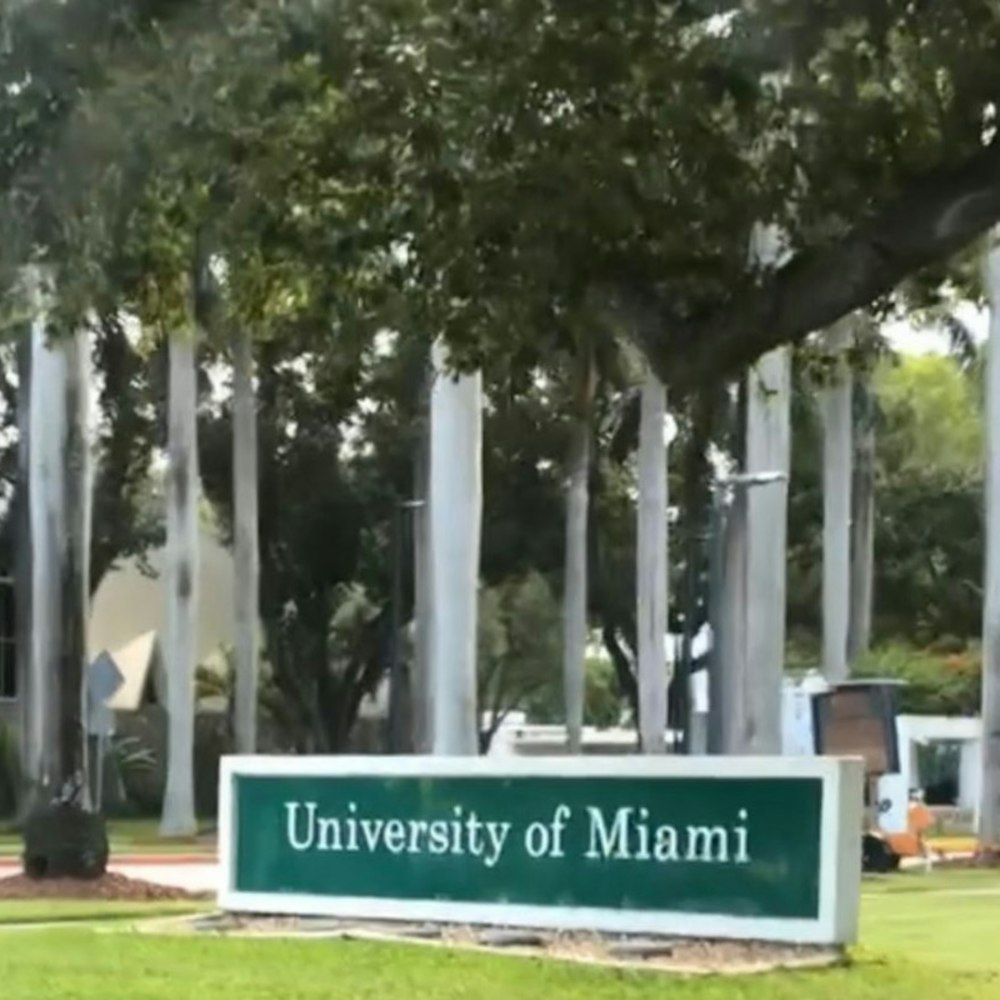
A gargantuan, deceased humpback whale made an unwelcome appearance on the Oregon Coast, washing ashore Monday morning a mile north of the Nehalem Jetty in Nehalem Bay State Park, according to officials from the National Oceanic and Atmospheric Administration, as they have reported the creature was likely dead for several days before. A testament to nature's unpredictability and often macabre nature, the sight of the bloated maritime mammal has become a growing concern for locals and experts alike who are used to the thriving wildlife of the Pacific Northwest. Still, perhaps not the colossal carcass currently adorning their beachfront.
Speculation about the whale's identity and demise travels as swiftly as the tides, with residents like Joe Pecore, who's spent years fishing the local waters, identifying the whale as a humpback, a sightless common than the usual gray whales of these waters, he told KPTV. In the interim since its initial sighting and subsequent stranding, area citizens have been asked to maintain a respectful—and for their own sake, a scent-free—distance, a request echoed by NOAA officials who plan to examine the remains as they caution the public and their pets to steer clear, to avoid the threat of disease transmission that a decomposing whale might pose.
Despite frenzied efforts by witness Greg Gosser, a veteran merchant mariner, local authorities could not tow the leviathan back to sea over the holiday weekend, leaving it at the mercy of the currents, ultimately delivering it to its final resting place on shore. Greg Gosser, who's watched more deceased whales than anyone might wish, expressed his concern, "At this point I think it’ll end up in Manzanita," forecasting a grim eventuality for the nearby city, which he surmised would need to activate its response team, he relayed in an interview with KPTV.
The next steps remain as murky as the coastal waters, with NOAA officials yet to disclose the findings from their investigation, an autopsy of sorts that will determine why the whale died and if human activity played a role in the creature's untimely demise, as reported by multiple local sources, including KOIN and KATU.
-1.webp?w=1000&h=1000&fit=crop&crop:edges)








